The bird flu crisis has escalated alarmingly, spreading to 31 states and infecting not just birds but also various mammals, including domestic cats.
Since March 1, at least 21 cats, feral, barn, and household pets, have tested positive for the virus, highlighting the severity and extensive reach of this outbreak.
Infected a Range of Mammals
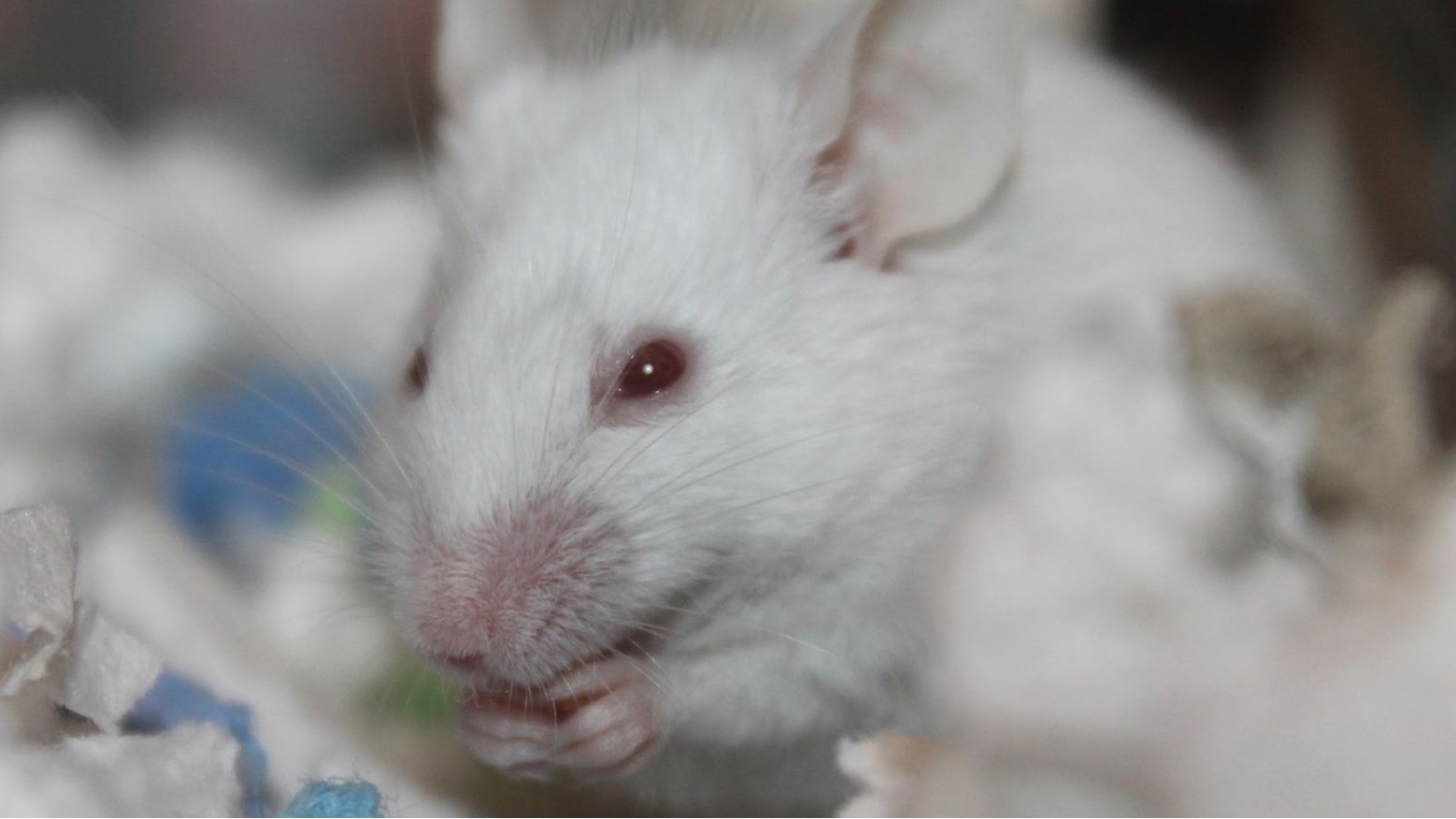
This current bird flu outbreak has impacted an unexpected range of mammals.
These include cows, foxes, mice, striped skunks, mountain lions, harbor seals, and alpacas.
Possibility of Pet to Human Infection
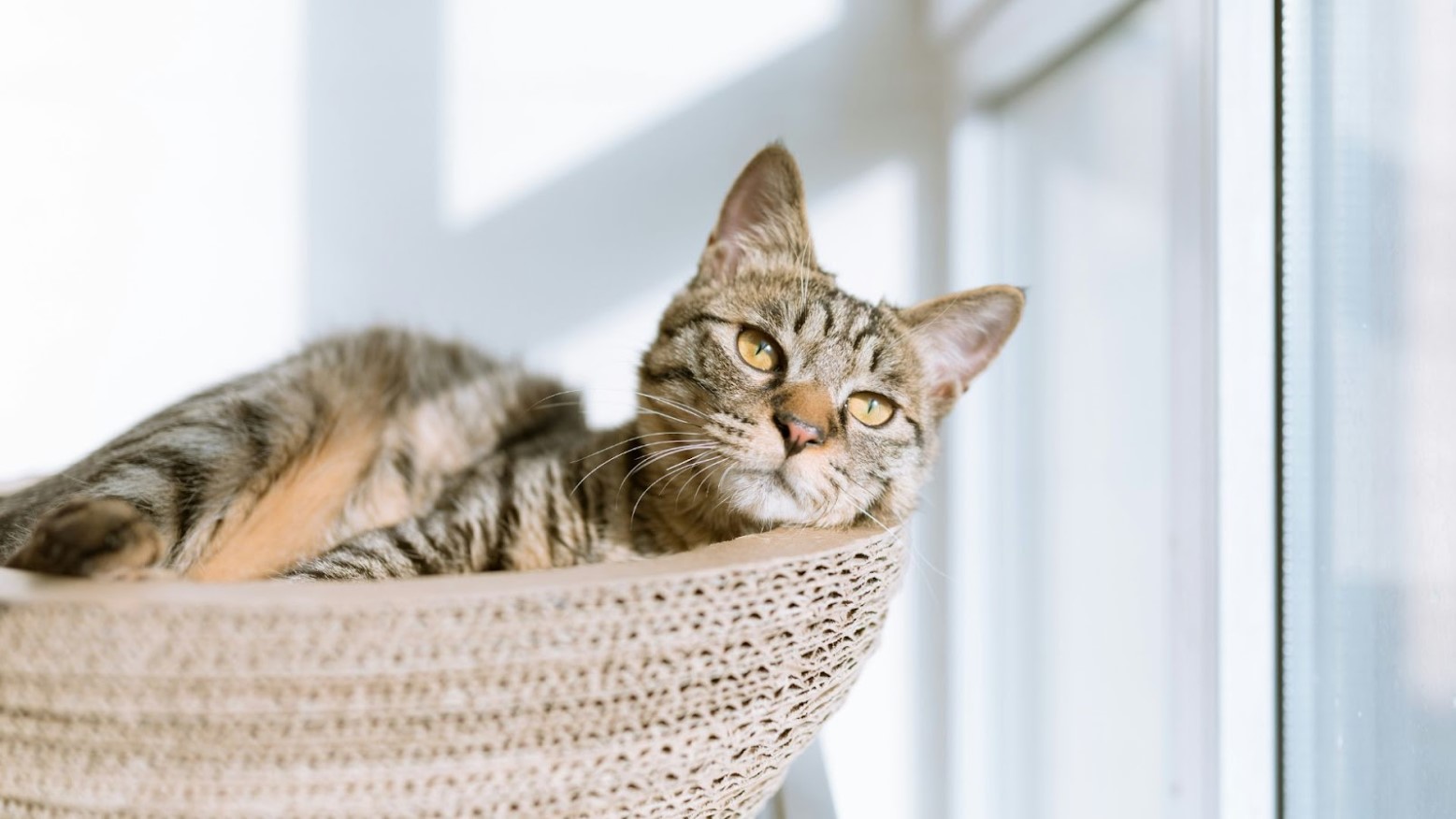
The wide range of affected species highlights the virus’s unpredictable and pervasive nature. Although there is a possibility of humans contracting bird flu from pets, the CDC states that the risk remains low.
Previous human cases have occurred through direct exposure on farms, with all individuals fully recovering, offering some reassurance about the potential for human infection.
Transmission Pathway

Researchers are closely studying a Texas dairy farm to understand the virus’s spread.
Scientists at Cornell University believe the bird flu was transmitted to cows via contaminated food and water, demonstrating the complex and unpredictable pathways of the H5N1 virus.
Thorough Research

Dr. Elisha Frye from Cornell University led a thorough investigation at this farm, using various samples, including milk and nasal swabs, to trace and confirm bird flu in livestock.
This comprehensive approach provided crucial insights into the interconnection between infected animals and the outbreak dynamics.
Cause for Concern for Pet Owners
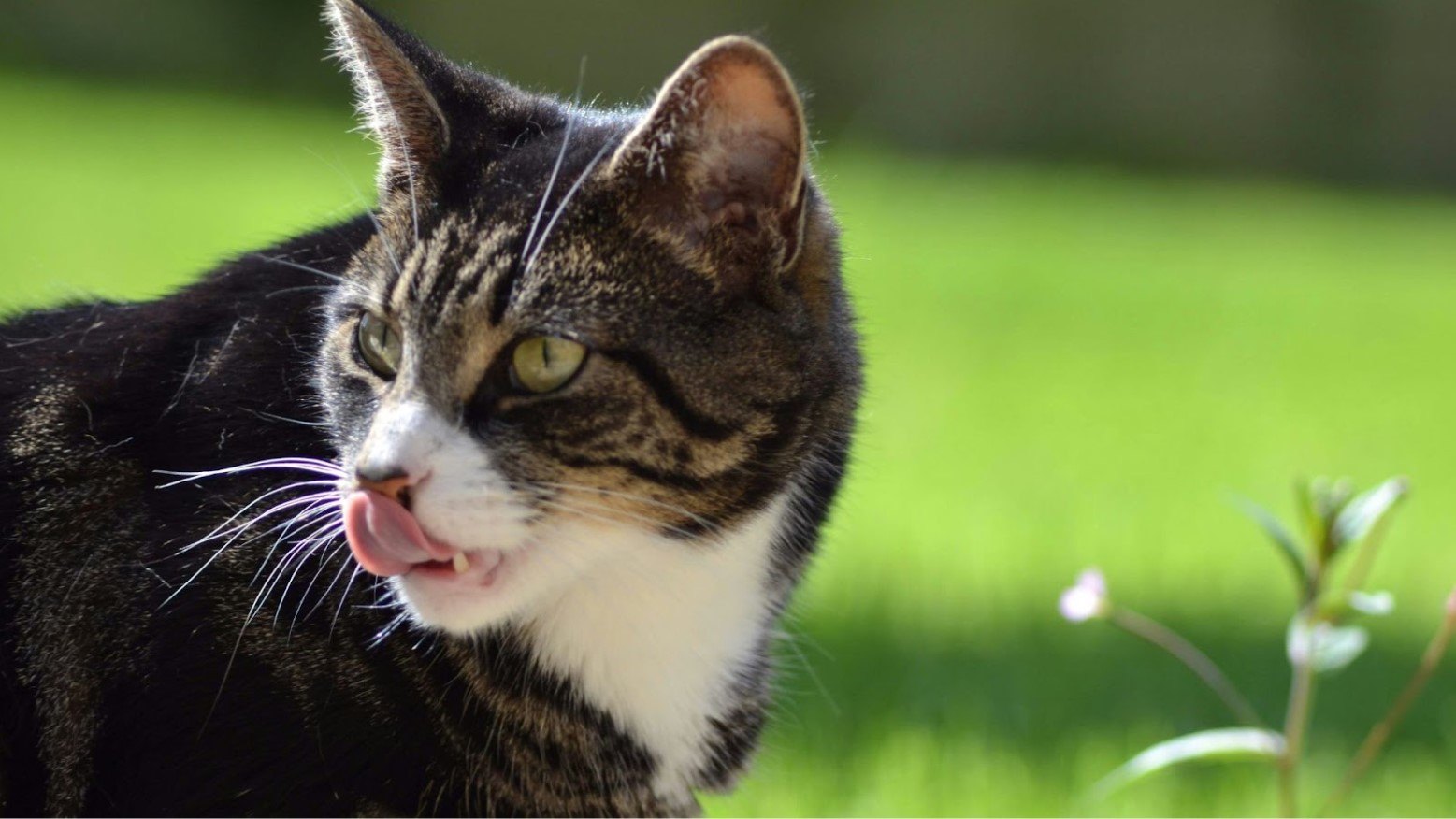
Historically, bird flu has occasionally affected mammals, including household pets like cats, as noted by the CDC.
These incidents reveal that under certain conditions, the virus can jump from birds to mammals, causing concern among pet owners and public health officials.
Risk for Vets
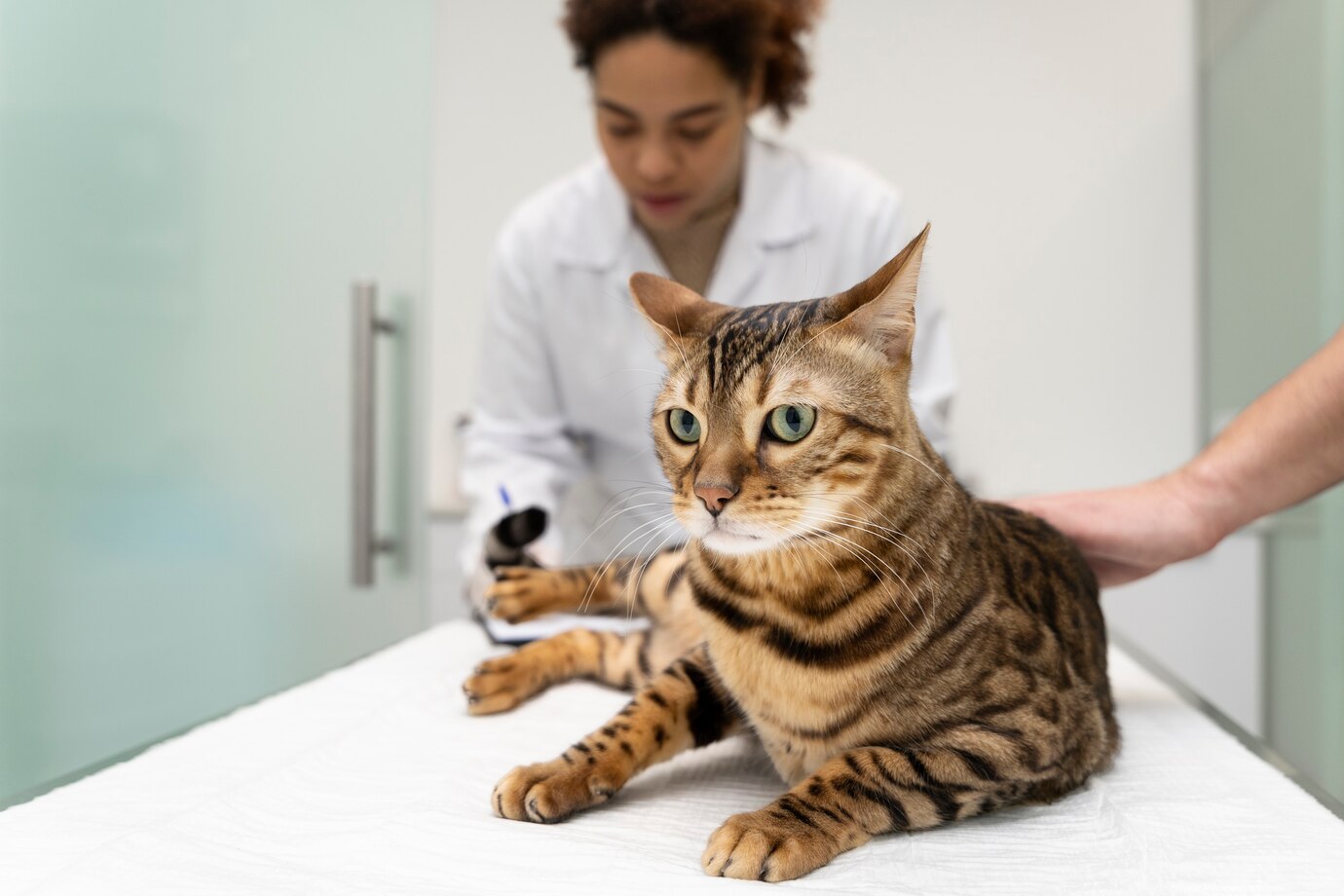
In 2016, a New York veterinarian contracted bird flu after multiple exposures to infected cats without protective gear.
The case resulted in only mild symptoms but highlighted the occupational hazards faced by veterinary professionals during such outbreaks.
Spotting Bird Flu in Pets
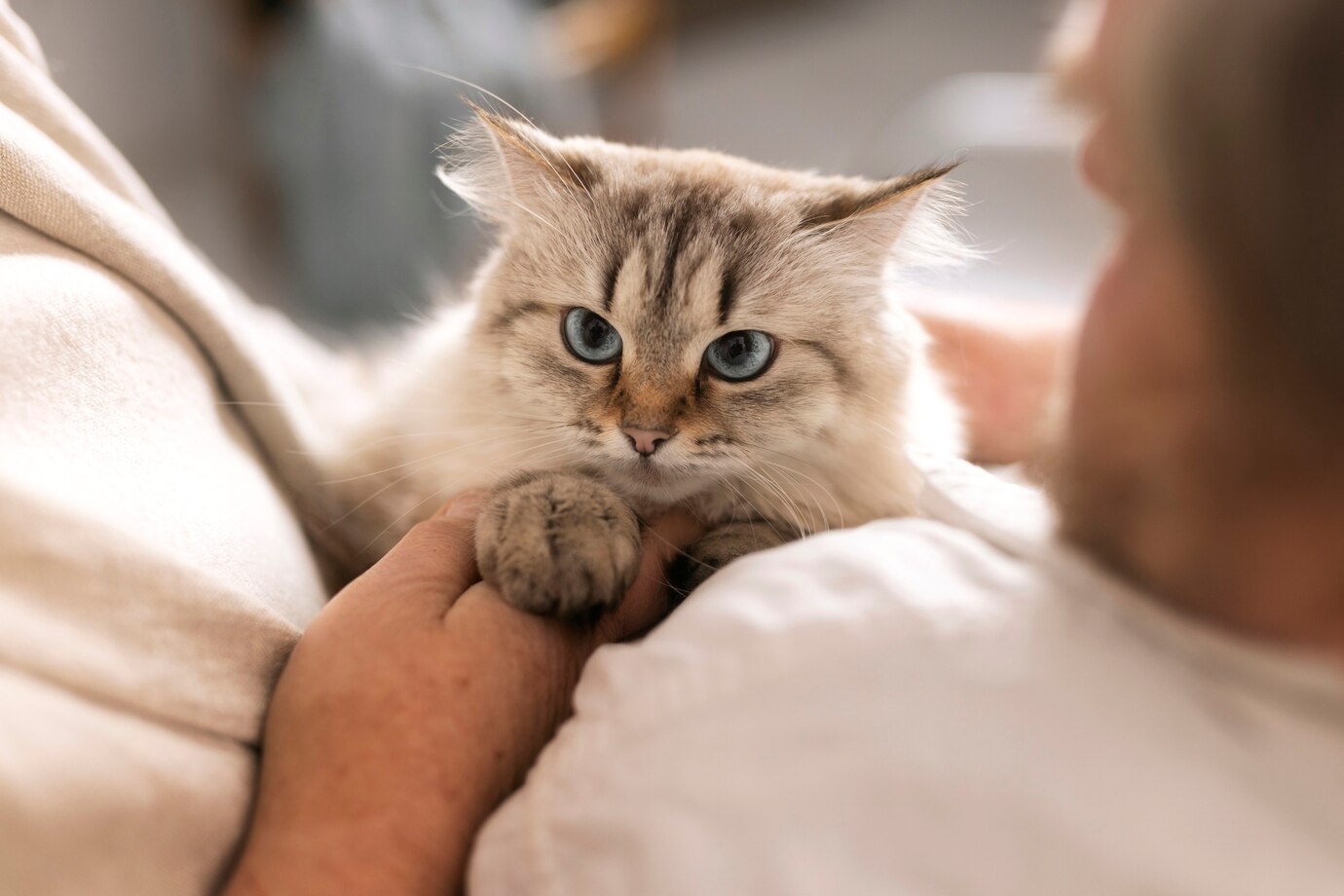
Pets, especially outdoor cats that might encounter wild birds, can display flu-like symptoms such as coughing, sore throat, and respiratory distress.
Early recognition of these signs is crucial for preventing further spread and ensuring prompt care.
CDC’S Guidelines
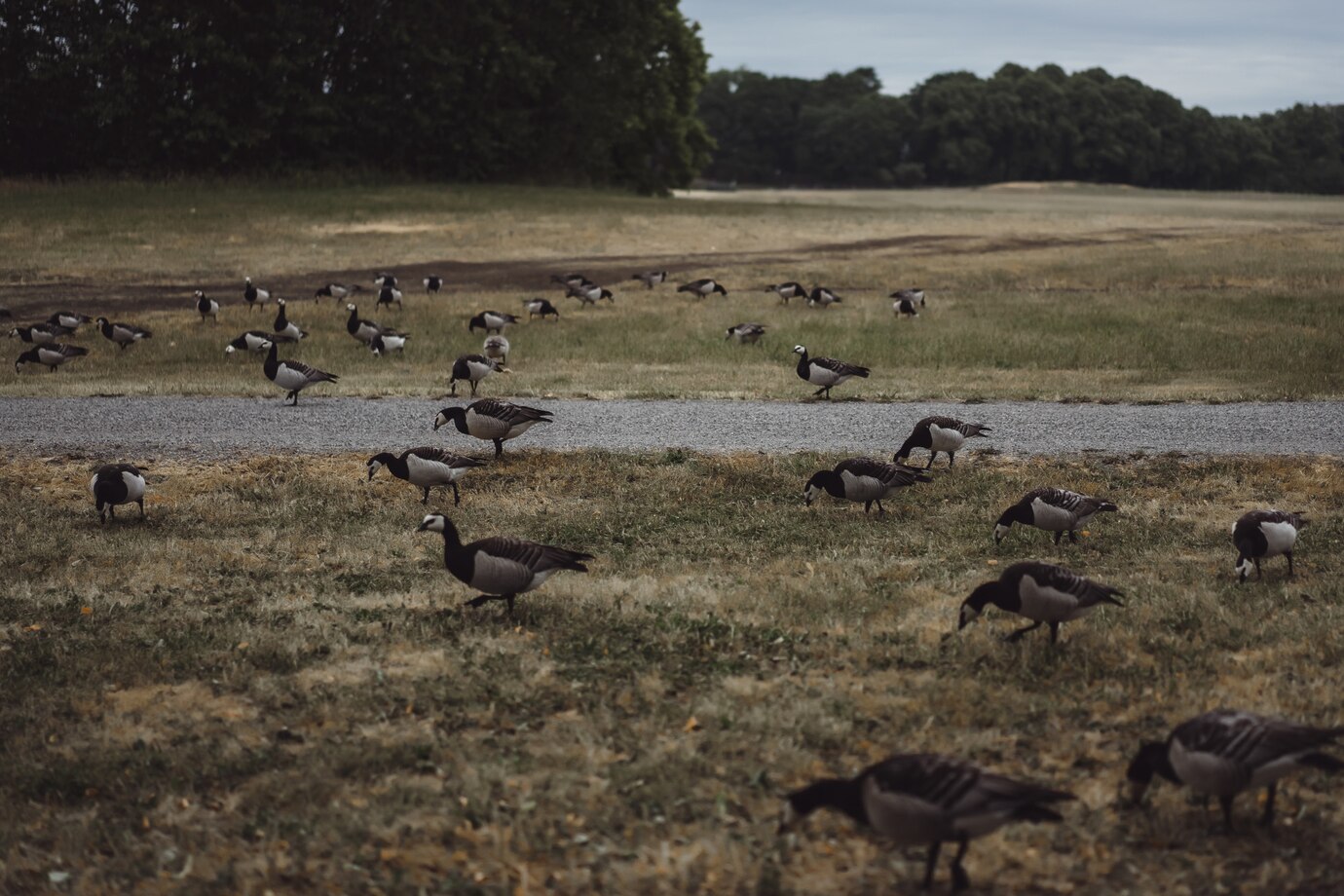
To reduce the risk of bird flu transmission, the CDC recommends avoiding direct contact with wild birds.
Observing wildlife from a distance and keeping pets away from areas frequented by wild birds can significantly reduce the chances of infection.
Vital Use of Protective Gear

Using personal protective equipment (PPE) is essential for anyone handling sick or potentially infected animals.
Proper use of PPE helps contain the virus and protects individuals from direct contact with the pathogen.
Practicing Good Hygiene Standards

Good hygiene is a vital defense against bird flu.
Thorough hand washing after contact with animals or birds and changing into clean clothes can dramatically reduce the likelihood of spreading the virus.
Stay Informed
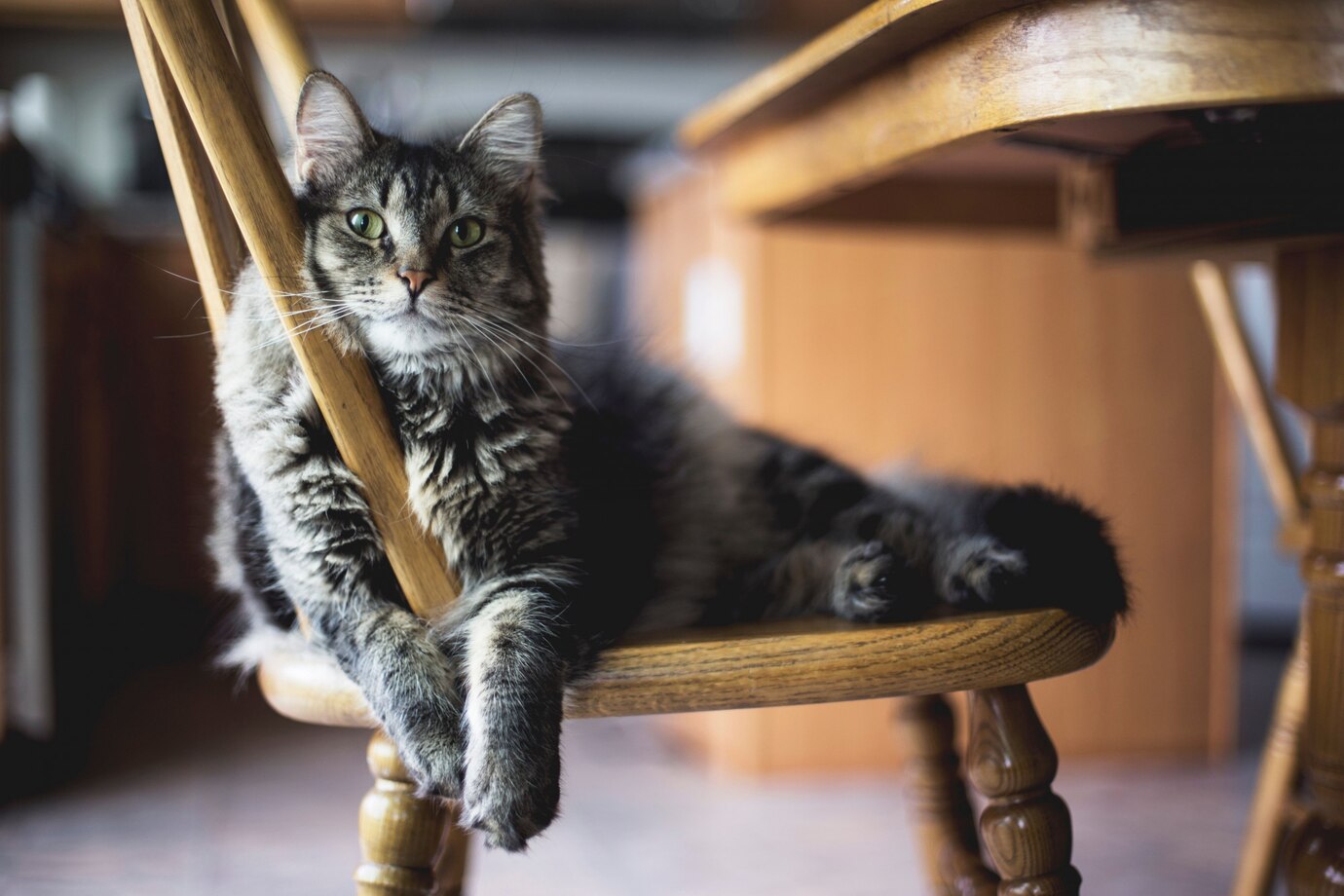
As bird flu continues to evolve and affect different species, staying informed about the latest developments is crucial for public safety.
Understanding the virus’s transmission modes and the species affected helps communities prepare for and mitigate the impact of current and future outbreaks.








































